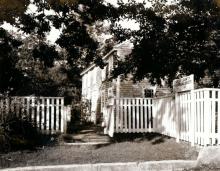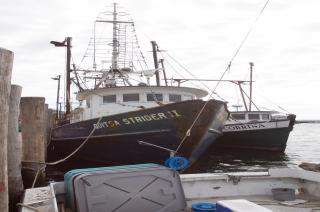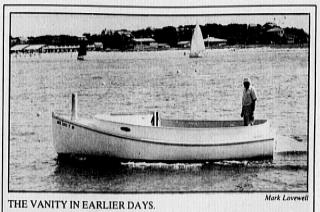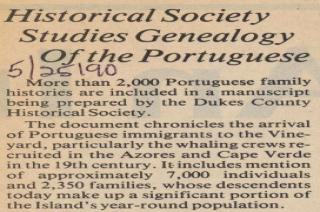MV Museum History
2008
Linsey Lee emerged from what was once the Vineyard’s first African American church last week peeling a respirator from her face. By her count, she had spent more than 150 hours in the Bradley Memorial Church in Oak Bluffs, and the mask stood as a shield between her and decades of dust.
A painting of a well-known Menemsha-based trawler by Heather Neill has been given to the Martha’s Vineyard Museum by an anonymous donor. The eight by four-foot painting, titled Strider’s Surrender, evokes the decline the local fishing industry.
The Quitsa Strider II is owned by respected Island fishermen Jonathan Mayhew. In a move symbolic of the dire state of the local fishing industry, Mr. Mayhew sold his federal permits last year, giving up his license and putting up the vessel itself for sale.








